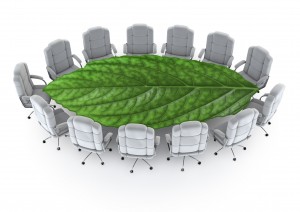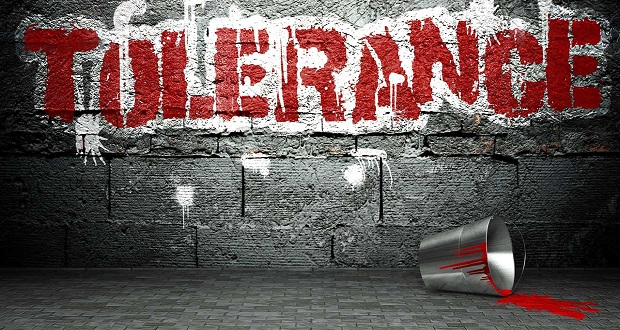 Forward thinking companies are recognizing that corporate social responsibility (CSR) has far reaching impacts on the bottom line. There is a growing shift in thinking about CSR from it being merely a moral obligation to understanding its link to the overall sustainability of the business.
Forward thinking companies are recognizing that corporate social responsibility (CSR) has far reaching impacts on the bottom line. There is a growing shift in thinking about CSR from it being merely a moral obligation to understanding its link to the overall sustainability of the business.
The emphasis on CSR will continue to escalate in the future as companies recognize the interrelationship to economic, environmental and social sustainability.
More and more corporate social responsibility (including philanthropy and the environment) is global and falls under the office of diversity. Examples include Sodexo, Dell, Time Warner, Nielsen and ADP. CSR is not to be confused with “community relations” which is only one part of the role.
By definition, CSR is the responsibility of an organization for the impacts of its decisions and activities on society, the environment and its own prosperity. It is understanding interdependence of various factors that are necessary for future sustainability.

As global businesses explore the developing world to find new consumer markets, firms are realizing that long-term prosperity depends on the development of these markets. As a result, more partnerships are springing up between global companies, NGOs and development agencies. They are finding common interests and learning from each other in the process. Members of the World Business Council for Sustainable Development (including companies such as Alcoa, PriceWaterhouseCoopers, Boeing, Duke Energy, Proctor & Gamble, Toyota, etc.) shared this statement to recognize the importance of corporate social responsibility:
“We believe that the leading global companies of 2020 will be those that provide goods and services and reach new customers in ways that address the world’s major challenges – including poverty, climate change, resource depletion, globalization and demographic shifts.”
The Group’s 2050 vision includes the following:
“Countries and cultures remain diverse and heterogeneous, but education through secondary school and universal connectivity have made people more aware of the realities of their planet and everyone on it. The “One World – People and Planet” ideal is embedded and practiced globally, emphasizing interdependence among all people and dependence on the Earth. There are still conflicts, disasters, shocks, crime and terrorism, but societies are resilient, able to withstand disruption and quickly recover.”
Planetary sustainability issues are massive, messy and indeed mandatory to address. D&I practitioners need to be at the table. While there are many definitions of sustainability, the one that I embrace because it specifically encompasses diversity is: “Parallel care and respect for the eco-system and for the people within.”
Inasmuch as the “people within” are increasingly diverse, it is necessary to include the D&I perspective in discussions of sustainability.
Implications and Recommendations for Diversity & Inclusion Practitioners:
- D&I practitioners should be careful not to reduce CSR to “community relations”. As pointed out here, it goes much deeper.
- If corporate social responsibility does not fall under D&I, there should be close collaboration between the two areas.
- Some companies focus their CSR efforts on one main issue such as education or world hunger. While this may be an effective approach, be sure that you consider the interdependences; that is, how is world hunger related to education and to economic development for example.


















